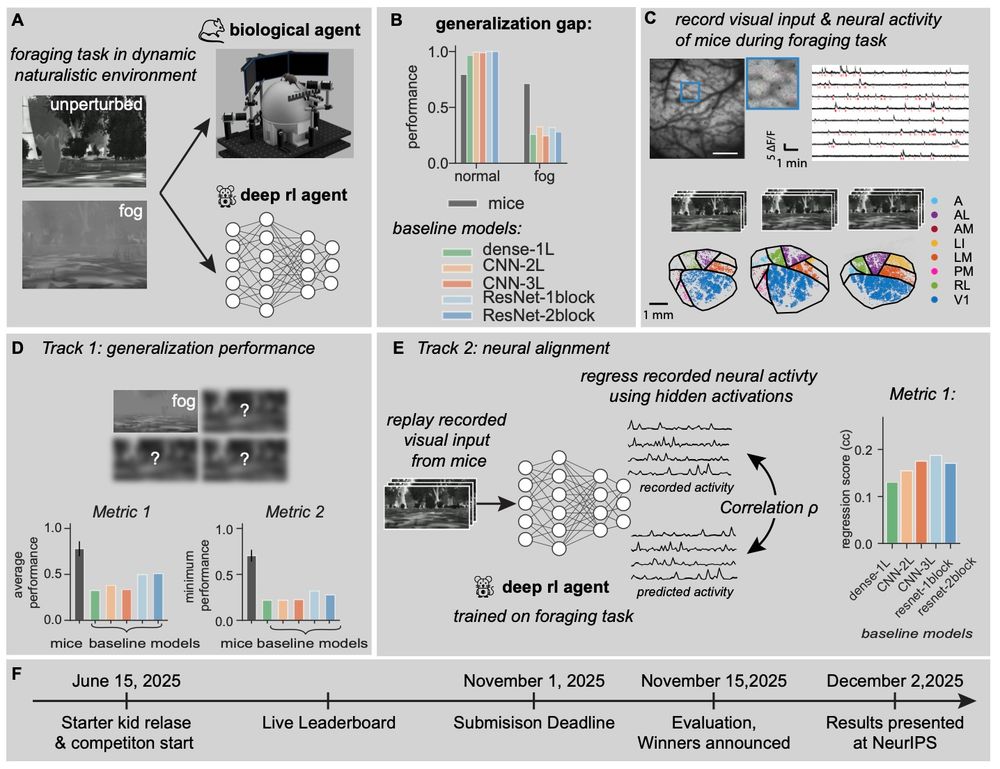Studying continual learning and adaptation in Brain and ANNs.
We present our #NeurIPS competition. You can learn about it here: robustforaging.github.io (7/n)

We present our #NeurIPS competition. You can learn about it here: robustforaging.github.io (7/n)
More on Spatial Computing:
doi.org/10.1038/s414...

More on Spatial Computing:
doi.org/10.1038/s414...
I think it cannot be assumed that we never wipe memories from our brains completely!
I think it cannot be assumed that we never wipe memories from our brains completely!
arxiv.org/abs/2205.11713

arxiv.org/abs/2205.11713


